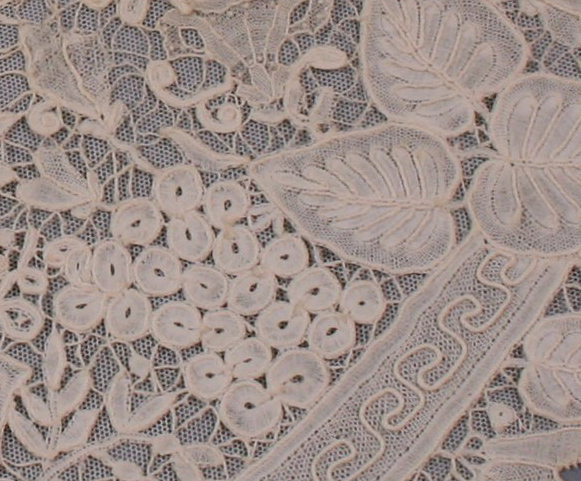2023 marks the 130th anniversary of Art Nouveau in Brussels.
Art Nouveau, the dominant movement between 1890 and 1914, is seen as a total art form with multiple facets. It flourished in both architecture and the decorative arts, standing out thanks to its modernity. The style drew inspiration from nature, an inexhaustible source of creation. For this new lace season, the Fashion & Lace Museum and the Art & History Museum are exhibiting items that reflect this style.
In Art Nouveau, patterns serve more than simply a decorative purpose. They form the line of the item. This typically curved line can be found in furniture or accessories that are winding, asymmetric, integrated into the décor as a whole.
Lace is a particularly appropriate means of expressing this aesthetic style. Belgium, and Brussels in particular, is seen as the cradle of this applied art form and of Art Nouveau. Through a selection of lacework produced between 1890 and 1918, the museum provides a more nuanced insight into this era.
This cotton shawl collar dating from around 1880-1890 offers an opportunity to gain a better understanding of these nuances.
This collar on machine-made tulle is adorned with patterns of flowers and leaves. The treatment and the line are free of the traditional stereotypes commonly used in this Duchess lace technique. The inclusion of a border with a geometric relief lends a certain modernity to the piece as a whole. So in Art Nouveau, the ornamental line defines the item. The role of the patterns is more than purely decorative – they serve a functional purpose.
This collar is an example of tentative efforts to revive the graphic register in lace as Art Nouveau flourished.




